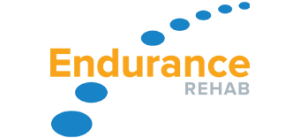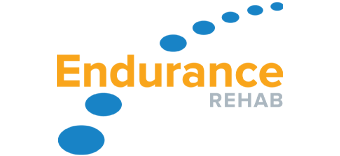COMMON ORTHOPEDIC ADOLESCENT INJURIES
COMMON ORTHOPEDIC ADOLESCENT INJURIES
By Nathan Snell, PT, CSCS
When I was in school as a teenager, the changing of the season meant beginning a new sport. I would look forward to spring and the crack of the bat as baseball season kicked off. However, in today’s competitive club sports scene, this rotation of sports no longer exists. It is not uncommon for a 10 year old to play one sport all year round, and at an extremely high level. Each year, approximately 30 million children and teenagers participate in organized sports. Sports are the leading cause of injury in adolescents, and it is estimated that one half of all sports injuries are preventable with proper education and use of protective equipment. As a physical therapist, I have seen a growing number of adolescents, playing year-round sports, with injuries related to overuse and repetitive trauma. Adolescents may be particularly at risk for sports-related overuse injuries as a result of improper technique, training errors, and muscle weakness and imbalance. Most of these injuries can be managed conservatively with proper and timely diagnosis by a physical therapist.
Overuse syndromes in adolescents often involve stress to the growth plate region as it is unable to meet the demands placed on it. As overused muscles pull on this attachment site, repetitive microtrauma develops. In severe cases, it can progress to involve a fracture, called an avulsion fracture. Some common apophyseal (growth plate) injuries include little leaguer’s elbow, Osgood-Schlatter disease and Sever’s disease.
Little Leaguer’s Elbow
Little leaguer’s elbow has been described as an apophysitis of the medial epicondyle in athletes between nine and 12 years of age. Most patients experience pain in the medial aspect of the elbow during throwing, and they may have decreased pitch velocity or control. Symptoms may include swelling, loss of motion, and tenderness of the elbow or forearm. Our expertise as physical therapists allow us to identify causative factors related to the condition. A thorough assessment of posture, body mechanics, flexibility and strength can begin the road to recovery and successful return to the sport. Proper education is imperative; little leaguers who make more than 350 forceful throws per week are at a higher risk of trauma.
Treatment consists of complete rest from throwing or pitching for at least four to six weeks; ice packs and analgesic medications may be used for swelling and pain. General conditioning, stretching, and core strengthening should be encouraged. When we make the decision to return the athlete to baseball, a gradual and progressive (interval) throwing program may begin. Most athletes are able to return to competitive pitching and throwing at 12 weeks.
To help prevent little leaguer’s elbow and shoulder, the American Academy of Pediatrics recommends limiting the number of pitches to 200 per week or 90 pitches per outing. However, USA Baseball Medical and Safety Advisory Committee recommends more conservative pitch counts (i.e., 75 to 125 pitches per week or 50 to 75 pitches per outing, depending on age). Other preventive measures we use frequently with the athletes include a preseason conditioning program, instruction on proper pitching mechanics, and allowing time during the early part of the season to gradually increase the amount and intensity of throwing.
Osgood-Schlatter Disease
Osgood-Schlatter disease often is encountered in children 10 to 15 years of age who participate in cutting and jumping sports such as soccer, basketball, gymnastics, and volleyball. The exact cause of this condition is unknown, but histologic studies suggest that as bone growth outpaces soft tissue growth, muscle-tendon tightness across the joint and decreased flexibility develop. Also, the strong pull of the quadriceps musculature, through the patellar tendon, on the tibial tuberosity leads to microtrauma. As the quadriceps contracts, the patellar tendon can begin to pull away from the bone.
Patients often have anterior knee pain and swelling, and occasionally the symptoms involve both extremities. Examination reveals tenderness and swelling at the tibial tubercle, the bony outgrowth below the knee cap, and pain can be produced with contraction of the quadriceps.
Most patients respond to conservative treatment consisting of rest from painful activities, icing, and analgesic medications as needed for pain. Quadriceps stretching as part of a strengthening program encouraged once symptoms are controlled. As a PT, the primary focus of my treatment is to correct any muscular imbalances between muscle groups and work on proper sequencing of muscle firing. Most patients are able to return to full activity within two to three weeks.
Sever’s Disease
Calcaneal apophysitis (Sever’s disease) is the most common cause of heel pain in athletes five to 11 years of age due to repetitive microtrauma or overuse of the heel as the Achilles tendon pulls on its attachment site. In our clinic, we commonly see athletes with this condition who participate in basketball, soccer, track, dance, gymnastics and other running activities.
Patients with Sever’s disease may have activity-related pain in the back of the heel, and commonly patients report pain of both extremities. Our clinical evaluation often reveals tenderness with compression of the sides of the calcaneus and decreased flexibility of the calf musculature. Treatment consists of activity modification, icing, stretching of the gastrocnemius-soleus complex, analgesic medications, and heel lifts or cushions. Most patients are able to return to pain-free activity within three to six weeks.



